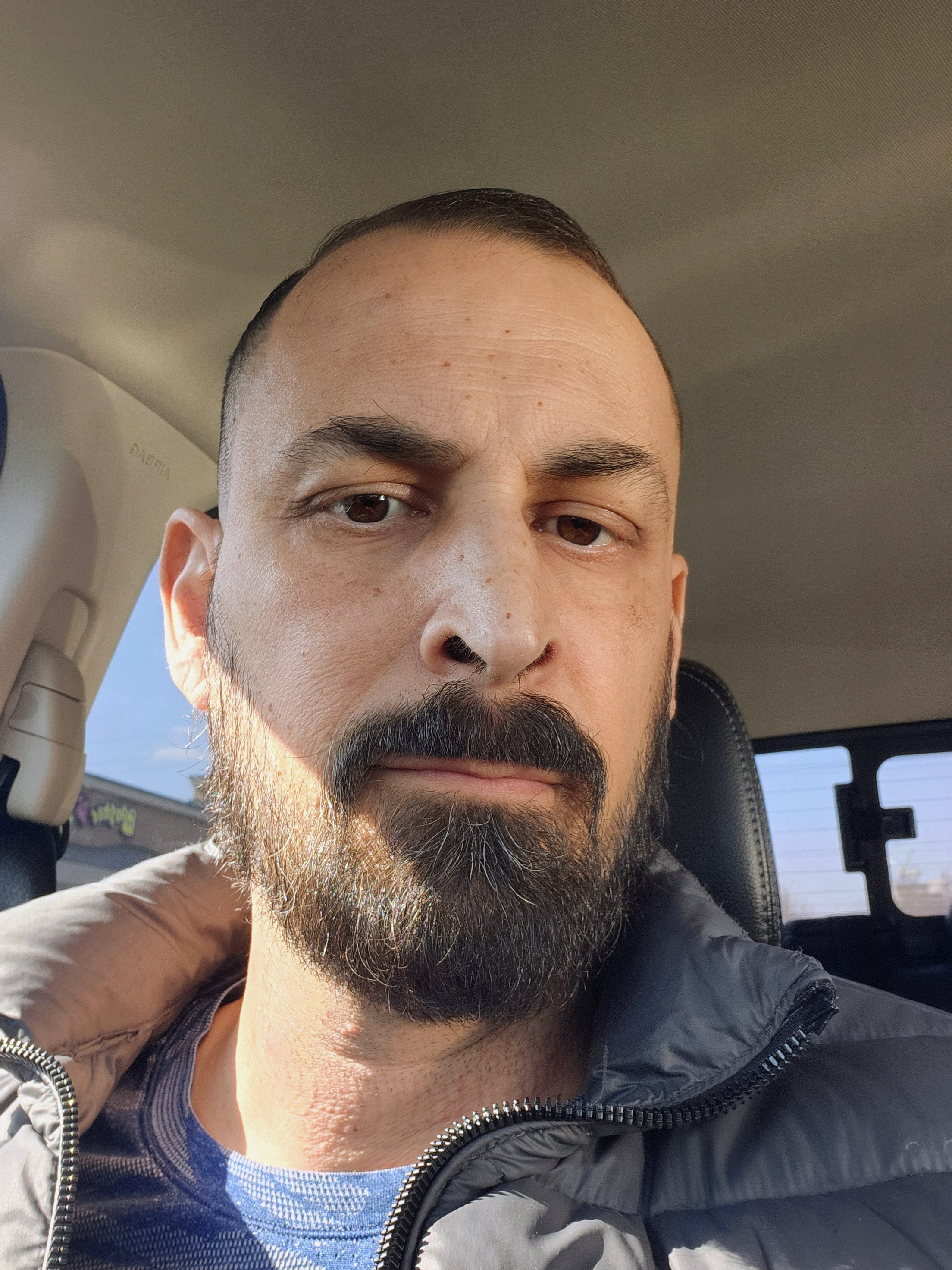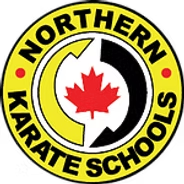
🥋 Japanese Terminology Is Dying in the Dojo — and That’s a Good Thing
- Eric Vinagreiro

- Nov 13
- 2 min read
Let’s be honest — half the kids in most dojos don’t know what mokuso means.
And that might not be such a bad thing.
Before you panic, I’m not saying tradition doesn’t matter.
I’m saying understanding matters more.
For decades, Japanese terminology gave our training structure, reverence, and a sense of mystery.
It connected us to the roots of our art and reminded us where we came from.
But for many students today — especially children — it’s become noise.
Words they repeat but don’t comprehend.
And what good is a tradition if it’s repeated without understanding?
When a child bows because they know why — that’s respect.
When they bow just because they were told to — that’s obedience.
And there’s a world of difference between the two.
---
Tradition Without Translation Is Just Mimicry
Japanese terminology served a purpose in its time.
It united practitioners around the world under a common language — the language of karate’s birthplace.
But it’s 2025.
Karate isn’t a niche cultural export anymore — it’s global.
Every dojo, every country, every generation adds to the art.
And with that growth comes responsibility: to make sure students actually understand what they’re practicing.
If I tell a six-year-old to rei, she might bow — but she doesn’t know what “rei” means.
If I tell her to show respect — she will, and she’ll understand why.
That’s not losing tradition — that’s teaching it.
Because when the meaning survives, the word can change.
That’s how languages — and arts — stay alive.
---
The Real Goal Isn’t Sounding Japanese — It’s Thinking Martial
We don’t train in Japan.
We train in Canada, in community centers and dojos filled with students who speak English, French, Tamil, Mandarin — and sometimes all of them at once.
We’re not supposed to sound Japanese.
We’re supposed to think martial.
When you teach students what the principles mean — not just what the Japanese sounds like — you’re strengthening the art, not diluting it.
And ironically, that’s what the original masters would have wanted.
Ohtsuka, Funakoshi, Ueshiba — they all adapted to make their arts accessible.
They translated ideas, simplified methods, and adjusted to their audiences.
They evolved — so their arts could survive.
So when we teach kids what osu really means — persistence, gratitude, respect — instead of just shouting it back and forth like noise, we’re keeping the art alive.
---
The Way Forward
At Northern Karate, we don’t cling to words — we protect meaning.
We honor where we came from, but we speak in a way that reaches the next generation.
Japanese terminology is fading, sure.
But what’s replacing it is clarity, understanding, and connection.
That’s not the end of tradition — it’s its next chapter.
Because if karate has taught us anything, it’s this:
adapt or die.
And Northern Karate has never been afraid to adapt.
Kyoshi Eric Vinagreiro, BA BEd
Northern Karate Markham




Comments